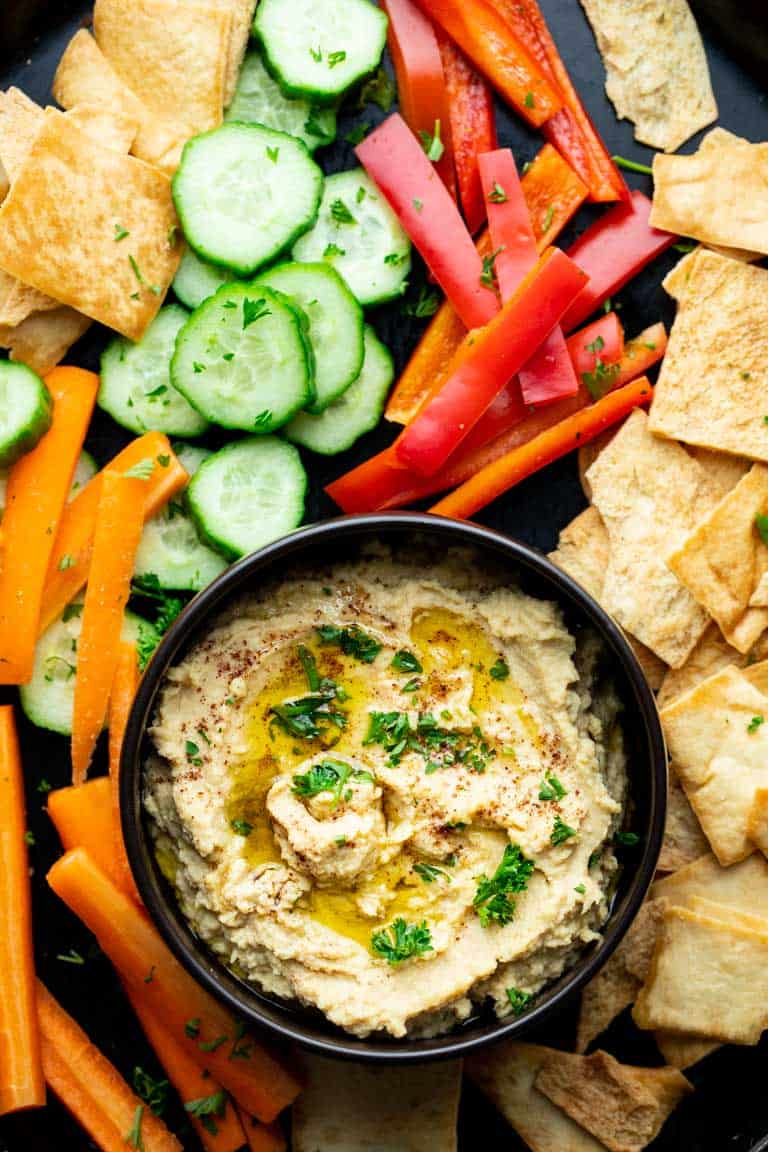Introduction:
Everyone enjoys their hummus differently. Some enjoy extra salt. Others enjoy extra spice. Paprika, cumin, pepper, olive oil, basil, cilantro…so many seasoning options to choose from! Amongst all of those options, there is a fan favorite. That fan favorite is garlic! I personally enjoy a nice bowl of hummus topped with fresh roasted garlic. It is easy to request this in a local hummus shop. However, it is a big more challenging to create this in your very own kitchen. That’s what we are here for at peace,love,hummus! Let’s get your garlic on in your very own kitchen at home and get ready to create a tasty roasted garlic dish. Make sure to read carefully because noone likes an overly garlic hummus bowl. Enjoy this recipe with friends and family and make sure to spread peace and love while you are at it!
1. Roasting garlic can be done on the stovetop or in the oven. For this recipe, I opted for roasting the garlic in the oven because there are only two heads.
3. To roast the garlic, remove the loose papery outer pieces of garlic skin. They will become soaked with the oil, and can get mixed into the garlic otherwise. Just rub them with your fingertips to remove.
4. Cut the tips of the garlic head to expose the cloves. I like to use a serrated knife to do that which helps if the variety of garlic has a hard inner stem.
5. Place the garlic root-end down in your baking dish and then drizzle with a little oil. Cover to keep the garlic moist. Roast the garlic until it is browed and softened. To tell if it is soft, just give the heads a little squeeze: They should yield under the pressure. (Use tongs as the garlic will be hot!) Alternatively, you can poke the garlic clove to see if they are soft. They will be falling apart when they’re ready.
6. Allow the garlic to cool, then squeeze the garlic out of the skins.
7. I used canned chickpeas for this recipe, but making chickpeas from dried beans is fine. For canned chickpeas, look for those that are packed in cans that are free from BPA lining. Drain them and rinse them with cold water to remove excess sodium and starchy water.
8. The ratio of salt to lemon is important. If you want to use kosher salt instead of regular table salt, make sure you read this about subbing kosher salt for table salt first! And if you want to read more about the balance of salt and acid you can read this here.
9. Puree the hummus really well for the creamiest texture. I like to scrape the sides a few time to ensure the rough pieces are blended in.
10. At the Beirut Restaurant, the hummus always came sprinkled with sumac and drizzled generously with olive oil. I highly recommend it too though it is optional.
